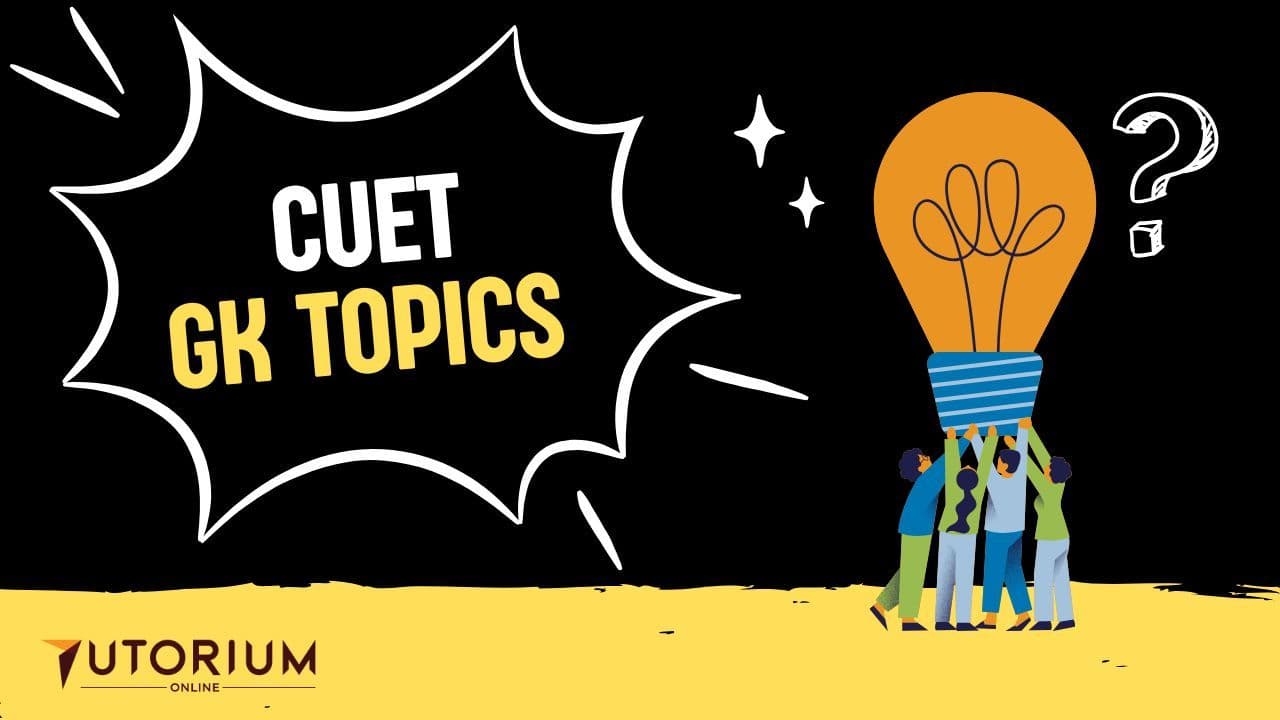
RUSSIAN REVOLUTION
- The Russian Revolution, also known as the Bolshevik Revolution, occurred in October 1917 as a proletarian-socialist uprising inspired by communist ideals.
- It aimed to establish a more egalitarian and just society in Russia.
- It was the first socialist revolution in history, led by the Russian Social Democratic Labour Party, particularly the Bolsheviks.
- The revolution was driven by the working class, with significant support from the peasantry.
- Early 20th-century Russia was ruled by the Romanov dynasty under Czar Nicholas II, an autocratic ruler.
- Russia faced serious social, economic, and political problems, leading to mass discontent.
- The revolution sought to overthrow the oppressive Tsarist system and create a new political order.
- The Russo-Japanese War (1904–1905) exposed military weaknesses and diminished public trust in the Czar.
- The 1905 Revolution included mass protests, the Bloody Sunday massacre, and the October Manifesto.
- The Duma was formed, but autocracy continued, leading to future unrest.
- World War I worsened economic conditions and caused massive casualties, intensifying public anger.
- Czar Nicholas II left Petrograd in 1915, and Czarina Alexandra, influenced by Rasputin, took control, worsening public perception.
- Peasants, though freed from serfdom in 1861, remained economically oppressed and in debt.
- Agriculture was underdeveloped, and peasant uprisings grew in frequency.Industrial workers faced poor conditions, low wages, and had limited rights.
- Russia’s ethnic diversity led to nationalist tensions and demands for autonomy.
- Intellectuals introduced socialist ideas, and writers like Gorky, Tolstoy, and Dostoyevsky inspired revolutionary thought.
- Thinkers like Karl Marx and Friedrich Engels influenced the rise of Marxist ideologies.
- Revolutionary leaders like Lenin, Trotsky, and Stalin began mobilising the population.
- The February Revolution (March 1917 Gregorian calendar) began with strikes and protests in Petrograd.Czar Nicholas II abdicated, ending the Romanov dynasty.
- A Provisional Government was formed under Aleksandr Kerensky.
- The Provisional Government continued participation in WWI and failed to introduce major reforms.Vladimir Lenin returned in April 1917 and proposed radical changes.
- Lenin called for an end to WWI, workers’ control of industry, and state-regulated production.
- He envisioned Soviets as the foundation of a new socialist state.Lenin’s ideas gained mass support, undermining the Provisional Government.
- The October Revolution occurred on October 24–25 (Julian calendar).
- Bolsheviks led by Lenin overthrew the Provisional Government.Lenin promoted “Peace, Prosperity, and Development” and formed the world’s first communist state.
- The Russian Civil War (1917–1923) followed, between the Red Army (Bolsheviks) and the White Army (anti-Bolsheviks).
- The Red Army, supported internally, defeated the White Army, backed by foreign powers.
- The Romanovs were executed on July 16, 1918.
- The Soviet Union was formally established in 1922.
- The revolution ended the monarchy and began radical socialist reforms.
- Private property was abolished, and land, factories, and banks were nationalised.
- The Land Decree of 1917 abolished landlordism and redistributed land to peasants.
- Central planning became a hallmark of the new economy.
- The revolution sought social justice, promoting a classless society.
- Guarantees included free healthcare, free education, unemployment benefits, and access to culture.
- Women’s rights advanced through policies like paid maternity leave, free crèches, and workplace support.
- The revolution challenged capitalism and imperialism, inspiring oppressed people worldwide.
- A new political order emerged, led by the Bolshevik Party under one-party rule.
- The “dictatorship of the proletariat” was established to defend the revolution.
- The regime claimed to be more democratic for the working majority than bourgeois states.
- The revolution had global impact, inspiring anti-colonial movements.
- It challenged capitalist dominance and offered a socialist alternative.
- Countries like China, Cuba, and Yugoslavia drew inspiration from the Soviet model.
- In India, both the 1905 and 1917 revolutions inspired freedom fighters.
- Leaders like Jawaharlal Nehru and Subhash Chandra Bose embraced socialist principles.
- Socialism became a key part of India’s political vocabulary.
- Post-independence policies, like the Five-Year Plans, reflected Soviet influence.
- The Communist Movement grew, with leaders like A.K. Gopalan and E.M.S. Namboodiripad founding the Communist Party of India.
- The Montagu Declaration (1917) was partly a response to Bolshevik influence.
- The British intensified repression, fearing nationalist uprisings as Bolshevik conspiracies.
- The Russian Revolution became a symbol of resistance and shaped the global order of the 20th century.
